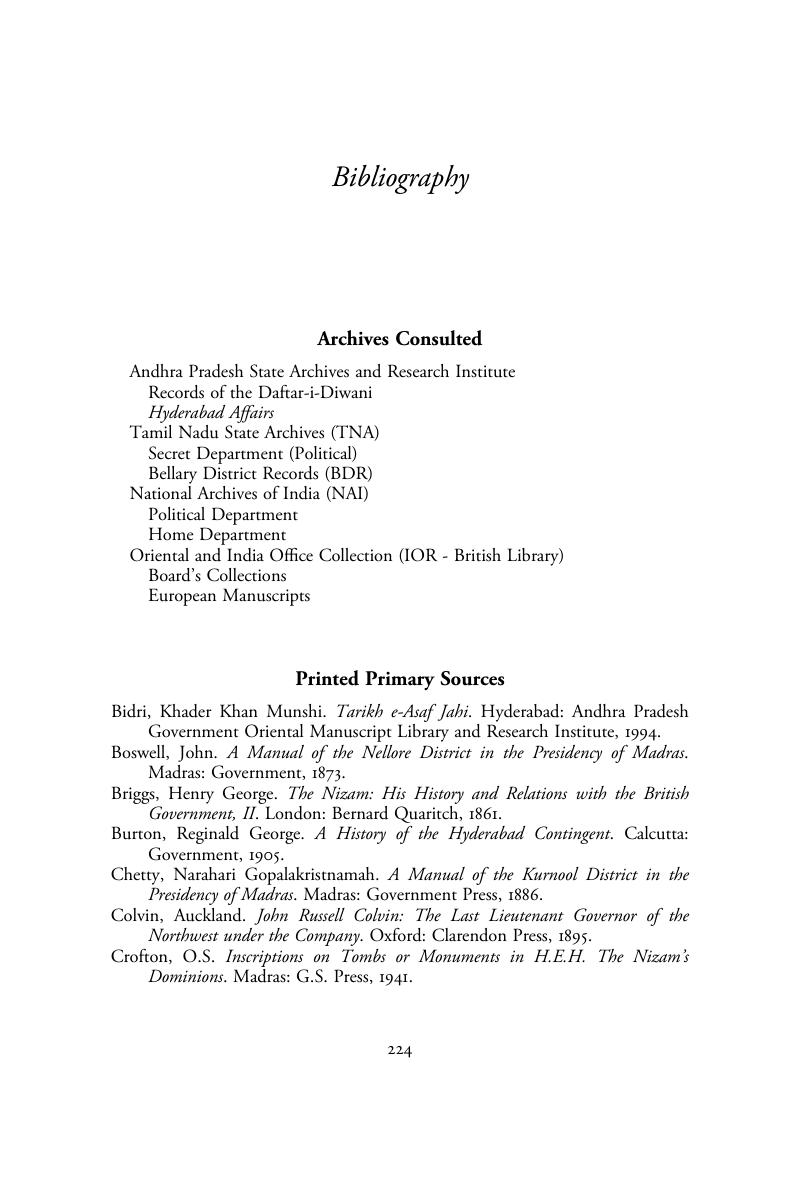Book contents
- A Muslim Conspiracy in British India?
- A Muslim Conspiracy in British India?
- Copyright page
- Dedication
- Contents
- Figures and Maps
- Acknowledgments
- Introduction
- Chapter 1 The Fear of Itinerant Muslims
- Chapter 2 Prince Mubariz ud-Daula
- Chapter 3 A Fondness for Military Display
- Chapter 4 A Diamond in the Trough
- Chapter 5 Slaying Men with Faces of Women
- Conclusions
- Bibliography
- Index
- References
Bibliography
Published online by Cambridge University Press: 04 July 2017
- A Muslim Conspiracy in British India?
- A Muslim Conspiracy in British India?
- Copyright page
- Dedication
- Contents
- Figures and Maps
- Acknowledgments
- Introduction
- Chapter 1 The Fear of Itinerant Muslims
- Chapter 2 Prince Mubariz ud-Daula
- Chapter 3 A Fondness for Military Display
- Chapter 4 A Diamond in the Trough
- Chapter 5 Slaying Men with Faces of Women
- Conclusions
- Bibliography
- Index
- References
Summary

- Type
- Chapter
- Information
- A Muslim Conspiracy in British India?Politics and Paranoia in the Early Nineteenth-Century Deccan, pp. 224 - 234Publisher: Cambridge University PressPrint publication year: 2017



